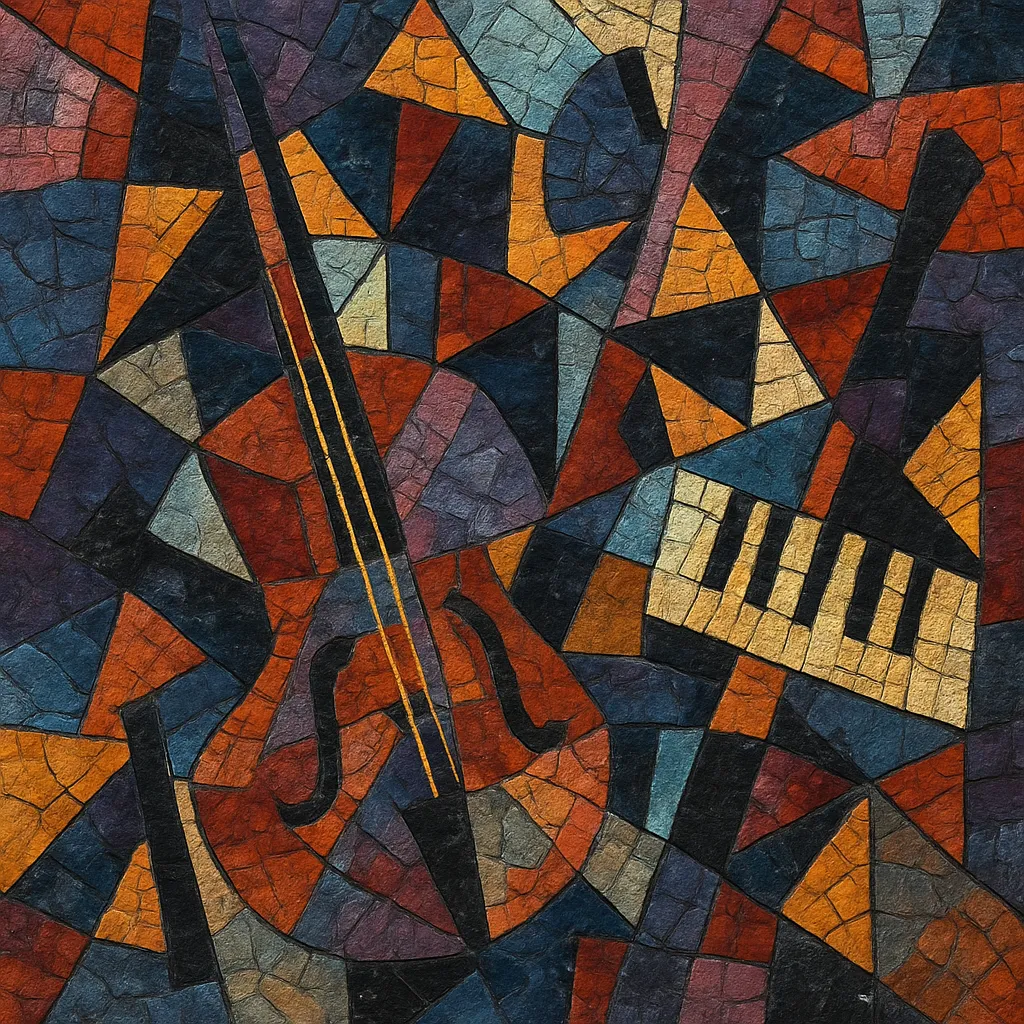Avant-garde music is an umbrella term for boundary-pushing practices that challenge prevailing norms of harmony, rhythm, timbre, form, and performance. It privileges experimentation, conceptual rigor, and a willingness to reframe what counts as music at all.
Historically tied to early 20th‑century artistic modernism, avant-garde music introduced atonality, the emancipation of noise, and new forms of notation and process. It embraces indeterminacy, extended techniques, electronics, spatialization, and multimedia performance, treating sound as material to be sculpted, questioned, and reinvented.
Avant-garde music arose in the early 20th century as part of a broader modernist break with Romantic-era traditions. It challenged tonal harmony, conventional forms, and the concert ritual, proposing new sound worlds through atonality, noise, chance operations, radical timbres, and emerging technologies.
Composers such as Arnold Schoenberg pioneered the move beyond tonality, developing free atonality and later twelve-tone/serial methods. In parallel, Futurist artists like Luigi Russolo advocated an “art of noises,” legitimizing industrial and mechanical sounds. Edgard Varèse reframed music as “organized sound,” foregrounding percussion, sirens, and spatial projection. These developments destabilized Romantic aesthetics and expanded the musical palette.
Postwar studios in Paris, Cologne, and Milan fostered musique concrète and electroacoustic practices, assembling recorded sounds and synthetic tones into new forms. John Cage advanced indeterminacy, silence as material, and chance operations; Fluxus blurred art and life. Serial thinking evolved into total serialism, while graphic notation, extended techniques, and unconventional instruments proliferated. The period institutionalized avant-garde research through festivals, studios, and university programs.
Minimalism, spectralism, free improvisation, and noise scenes diversified the avant-garde ecosystem. Electronics moved from studios to live performance through modular synths, computers, and live coding. Interdisciplinary work (sound art, installation, multimedia) challenged the concert hall’s hegemony. Contemporary practitioners integrate algorithmic composition, field recording, microtonality, and hybrid acoustic-electronic ensembles, sustaining avant-garde music as a laboratory for new sonic thought.
Define a clear inquiry: What convention will you question (tonality, meter, instrument roles, venue, authorship)? Frame a concept that drives every decision—sound selection, form, and performance design.


